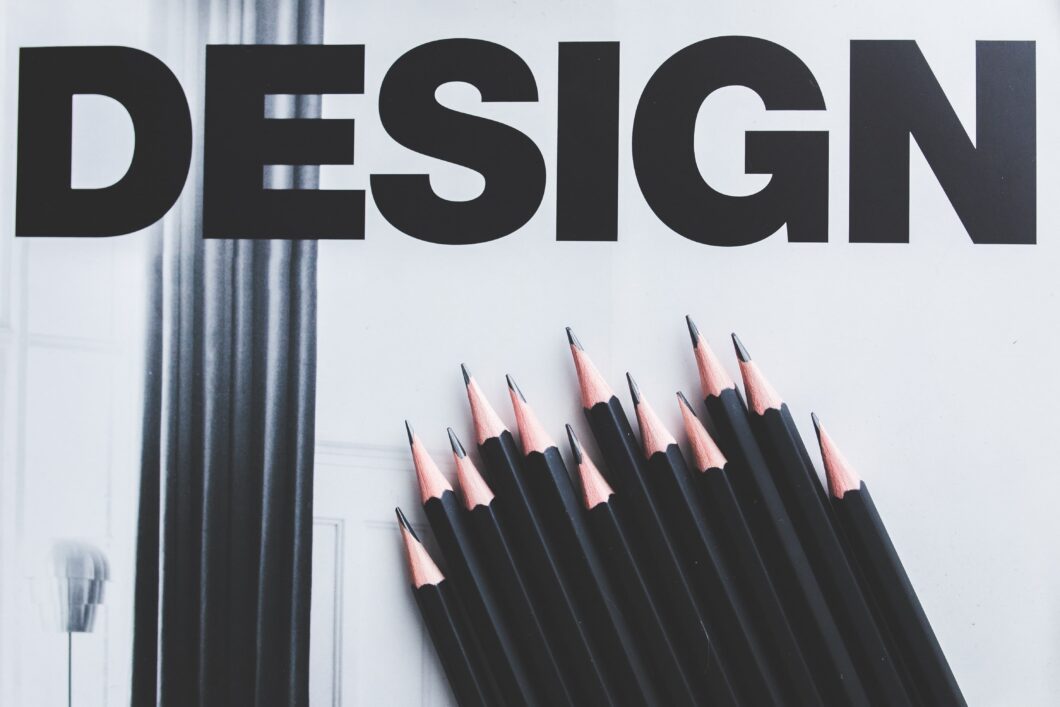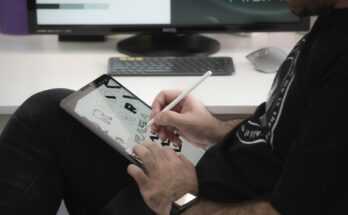Website design (web – design) is a separate branch of web development and a type of design that is aimed at creating web – interfaces for sites. A specialist who designs websites is called a web designer. Website designer is a young profession that has become more and more popular and prestigious among people of all ages over the past few years.
Like any other profession web – designer has both positive and negative sides.
The advantages of the profession of a web designer can unconditionally include excellent demand in the market (very few experienced website designers, in comparison with other professions), the possibility of remote work and the possibility of working in another country (which does not exclude each other), and, of course, due to due to its low prevalence web – designers receive a decent salary for their work.
The disadvantages of the profession are that first you need to diligently learn, acquire valuable knowledge and experience, before that the salary will be minimal. Also, if you are already a web designer, then changing this profession will not be easy enough.

The idea to become a website designer can appear, as well as a graduate of the school, and a person who has been building his career for a long time, even if in a different field. The main thing that a future designer will need is the aesthetic taste and inclinations of an artist, and it is not at all necessary to be able to skillfully draw oil paintings … An important role is played by the human factor – you need to be able to establish contacts with customers and colleagues.
There are several options for gaining web design skills:
- Training with the help of sites that offer video training, online training;
- Self-study through a variety of literature, textbooks, which are aimed at acquiring knowledge and skills of web design;
- Attending web design courses.
Step One: Exploring the Sites
The first step is to learn Adobe Photoshop. Knowledge of Photoshop is a must for every designer. Learning with the help of websites, video materials, you can start, for example, from introductory courses by Zinaida Lukyanova and her website . Also, effective training with the help of the website of web designer Evgeny Popov.
For beginners and professional designers, the following sites will be useful:
- Designonstop – the theory of web design is well stated, practical aspects are considered.
- Сreativshik – graphic design courses.
- Photoweb – tutorials on Adobe Photoshop.
- Webformyself is a free mini web design course.
- Artlebedev – quick guide.
There are many websites that will help you gain theoretical knowledge and practical skills for further success in the field of web design. Each of them has its own piece of precious knowledge that will help you on your way to learning web-skills. Therefore, it is highly not recommended to sit on one single site, walk around the Internet, look for a variety of photo and video tutorials, instructions, manuals, and with each lesson you go through, it will get better and better.
Books are a source of knowledge
Books are another source for studying web design, in which experienced designers lay out their methods, tell the basic laws of creating sites. Information in books, unlike various sites, is structured , and most often it is already written how and what needs to be done in order to make as few mistakes as possible.
Recommended popular literature that will help clarify the situation and get rid of the invention of the bicycle:
- Jacob Nielsen . Web design. The book contains a detailed guide to building effective interaction with any user in any situation. In it you will find the answer to a very important question: “What exactly needs to be done to make it convenient for site visitors to work with it?”.
- Steve Krug. “Don’t make me think!” A very popular book, with which many modern real experts started. Steve Krug talks about his understanding of web design and usability with a humorous touch, and provides practical recommendations that will help both beginners and experienced designers.
- Dmitry Kirsanov. “Web design”. The book is written by a professional designer and provides an opportunity to learn how to make something beautiful. The book covers text encoding, graphics, html, css, xml, design basics, shape, color, textures, fonts, and much more.
- Robin Williams Design for Non-Designers. This book is for those who are not professional designers but know how to work in Adobe Photoshop. The book will help to make a business card, letterhead, booklet and postcards. It describes many examples of good and bad design, as well as the four basic rules of the designer. The author talks about fonts, explains their main differences and principles of use. In the book you will find test tasks, performing which you can consolidate the acquired knowledge.
- Johannes Itten The Art of Color . The artist Johannes Itten has gone down in history as the greatest color researcher. His book includes the experience of his research, which was devoted to the problem of color. The book has been repeatedly reprinted in many languages and is included in the educational programs of many art schools. First of all, the book is intended for artists, web designers, architects, and anyone who wants to learn to understand and master the harmony of color.
The book is an integral part of a successful career as a web designer, a path to his knowledge, but it is also worth remembering that theory without practice is forgotten very soon and does not bring visible results.
Web Design Courses: Should You Go?
It is quite possible to learn Photoshop and learn how to create website designs using literature and video materials, but there is also a faster option – these are web design courses. Still, we do not recommend starting with courses; first, deal with elementary things with the help of books and videos. I’m sure you will have a lot of questions that you can’t ask the book, and in the courses the teacher will be able to help you right away.
Of course, the disadvantage of the courses is their high cost, but after all, this money is invested in your education, which means that they are not thrown to the wind. And the sooner you become a professional designer, the sooner you can earn money through a new, interesting and highly paid specialty.



